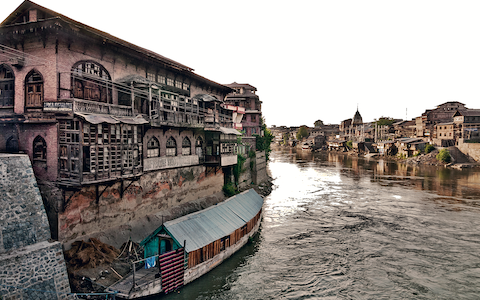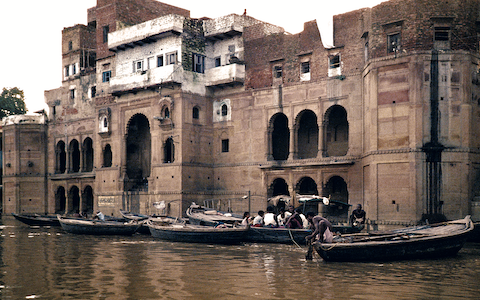Regions

Himalayas and the Hills
An amazing variety of vernacular architecture exists in the northern Himalayas and further eastwards – from Islamic elements of Kashmir to Buddhist Zanskar and Ladakh.
Northern Indian Plains
In this northern belt one finds some remarkably traditional houses with regional variations. Those in Lucknow have the symbol of Oudh and a pair of fish on the entrance door.


West and Central India
Rajasthan has the greatest diversity in vernacular residence styles, which are constructed mainly in stone. Jaisalmer has exquisite stone havelis inside the fort as well as outside it.
Southern India
South India has a rich history of vernacular architecture, comprised as it is of the historical civilizations in the states of Tamil Nadu, Kerala, Karnataka and erstwhile Andhra Pradesh.


Eastern and North-East India
West Bengal in eastern India is the land of the ubiquitous bangla hut that went on to influence mainstream Hindu and Mughal architecture all over India.
The Islands
The islands of Andamans, Nicobar and Lakshadweep have vernacular traditions unique to their tribal cultures and based on available building material.
